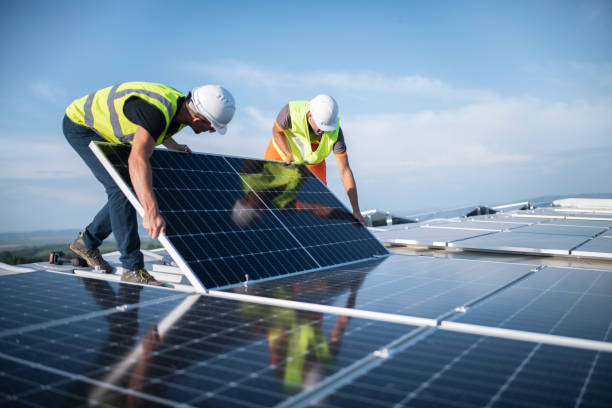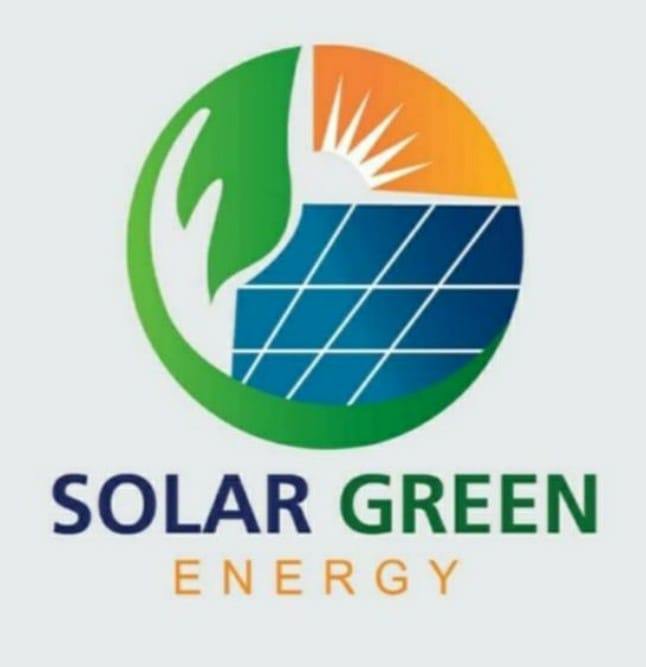Solar Panel Repair Process
When your solar panels experience issues, it’s crucial to address them promptly to maintain system efficiency. Here’s a step-by-step guide to the solar panel repair process:
1. Diagnosis & Inspection
The first step in the repair process is to diagnose the problem. A professional technician will perform a thorough inspection to determine whether the issue is with the panels themselves, wiring, inverter, or other components of the system. The common problems include:
- Reduced energy output
- Broken or cracked panels
- Wiring issues
- Faulty inverters or other electrical components
2. Identification of Fault
Once the inspection is complete, the technician identifies the root cause of the issue. Solar panels can face issues such as:
- Physical Damage: Cracks or chips in the panels, often caused by environmental factors like hail or falling debris.
- Electrical Issues: Wiring problems or inverter malfunctions that reduce energy efficiency.
- Corrosion: Moisture buildup can lead to rust or corrosion, especially in areas with high humidity.
3. Repair or Replacement of Damaged Parts
Depending on the findings, the technician may repair or replace the faulty parts. This may involve:
- Panel Replacement: If a solar panel is severely damaged, it may need to be replaced entirely.
- Wiring Repair: Faulty or exposed wiring is replaced to ensure the system runs safely and efficiently.
- Inverter Repair/Replacement: If the inverter, which converts solar energy to usable electricity, is damaged, it may need to be fixed or replaced.
4. System Testing
After the repairs are made, the technician will test the entire solar system to ensure everything is functioning properly. This step is crucial to verify that the system’s energy output is at optimal levels, and there are no lingering issues.
5. Preventative Maintenance
Once the repair is complete, it’s a good idea to schedule regular maintenance to avoid future issues. This may include:
- Cleaning Panels: Keeping the panels free of dirt, leaves, and debris to ensure maximum efficiency.
- Annual Inspections: Having a professional check the system periodically to catch any potential issues early.
6. Final Check & Handover
After the system is repaired and functioning properly, the technician will provide a final inspection. They’ll ensure all connections are secure and that the system is back online, ready to generate energy.

